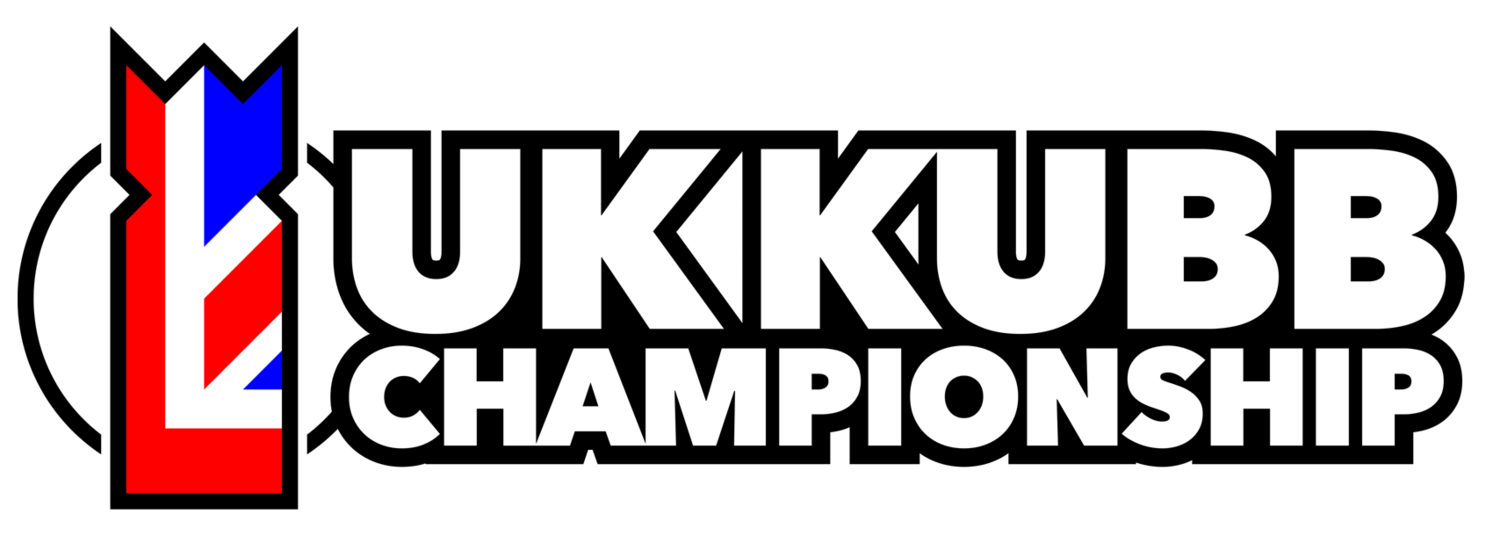Finally! We started the design for our Kings from the iconic king shape that we used in our logo. Its true to say that there is no 'wrong' shape for a king, as long as it meets the rules, but we decided to use the one that was most obviously recognisable as Kubb. To me, it's a bit like the Staunton chess set: they all work, but I'm a bit of a traditionalist.
Starting with the 90mmx90mm poplar stock that we got from G&S Specialist Timber, the first step was to cut to 300mm length (plus a bit for trimming) and square them up a bit.
We had chosen a very simple collar shape, which we put on with a 25mm 90 degree router bit on a table fitted with a pretty accurate fence. Three runs with increasing depth made sure that we had no stuttering or break outs.
That, we knew, was the easy bit. I'd always had concerns about how we could cut the traditional crown shape on the top of the king, and had concluded that cutting the shape with a band saw, pretty much by eye, would be the best bet.
We fitted a fence to the band saw bed, set it to 45 degrees, and ran the cuts up to a pencil line by eye. The wood is not particularly cheap, and we had no spares, so we were a little nervous in case anything went wrong. It all worked out pretty well though, and barring a few edges that needed a last sand, it was done from start to finish in a couple of hours.
The only thing left was to sand them all off with an orbital sander, and put on a minimal 3mm radius round over on all the edges.
I was delighted with the results, I have to say. Ten kings in beautiful poplar to stand along side the kubbs and batons that we finished a couple of month ago.
You will notice that the design at the top of the page includes a laser etched logo. That is next on the to-do list :)















